How Farming Practices Could Save the Planet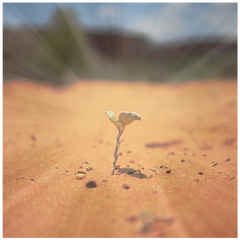
Regenerative agriculture seems to be popping up more and more. So, what's all the buzz about? Simply put, regenerative agriculture focuses on soil health in order to reduce carbon emissions. Healthy soils that do not feel the harsh blades of tillage are able to sequester carbon in our enviroment. The United Nations believes adopting these practices could offset total global emissions by 10 percent, which is significant!
You might be wondering how this is possible. Soil that has been undisturbed already contains carbon and microbes. Once the soil has been worked such as using tillage the carbon is released into the air. I often tell people I am a soil farmer. My goal is to rebuild the soil by increasing the organic matter that will effectivly store more water and draw carbon out of the atmosphere. But regenerative agriculture is more than just that... Going Beyond the Soil
Regenerative agriculture goes beyond caring for the soil. This is a wholistic approach to farming that includes sustainability, animal husbandry and environmental impact. Working with nature, is the key. In order to do this you must incorporate the following principles.
The Principles of Regenerative Agriculture
The Future of Farming
According to retail giant, Whole Foods, regenerative agriculture is one of the top food trends for 2020. Companies such as Stonyfield and General Mills are already dedicating resources to research and implement regenerative practices within their companies. Whether or not this is a marketing strategy to green wash their products and dupe unsuspecting customers is yet to be seen.
One thing is for certain, what it means to be a regenerative farmer will evolve as we continue to gather research and data on the impacts of healthy soils, how we sequester carbon and ensure a future for the next generation. Here on the farm, we know we have a long way to go! Implementing this system takes a lot of time and resources (resources meaning manpower and considering there is only farm husband and I that means a lot of resources!). Baby Steps to Sustainabilty
We have begun our journey to use regenerative practices on the farm. It can seem overwhelming at first and the learning curve is sharp. The best advice I can give a farmer that is considering adopting these practices is just start somewhere! Even if you're not a farmer, start at the local farmers markets. Most farmers will relish at the chance to share how they manage their farm or ranch. If they do not jump at the chance, then there's a good chance they have somthing to hide. Ask your local farmer if they use cover crops, rotational grazing or no till methods.
Our focus has been on rebuilding our pasture, acquiring animals to graze and browse the pasture and implement them in fertilizing it. It will be an exciting spring as we see the impact they have created since joining our farm family in October of last year. In what ways do you plan on contributing to the regenerative movement?
0 Comments
Your comment will be posted after it is approved.
Leave a Reply. |
AuthorFrancesca, wife and mother of three, eagerly shares day-to-day life on her ten acre farm in northern Colorado. Categories
All
Archives
March 2023
|
|
Copyright © 2022 3 Seeds Farm
Site powered by Canopy Creative Marketing |
|

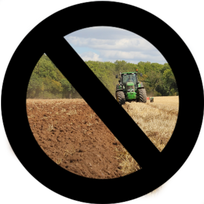


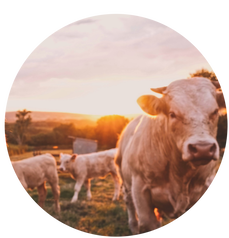
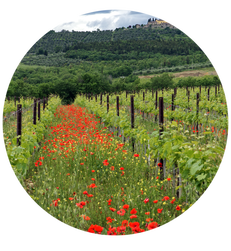
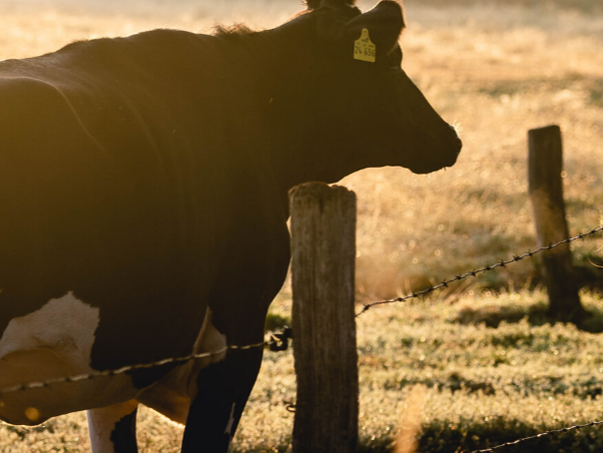

 RSS Feed
RSS Feed
